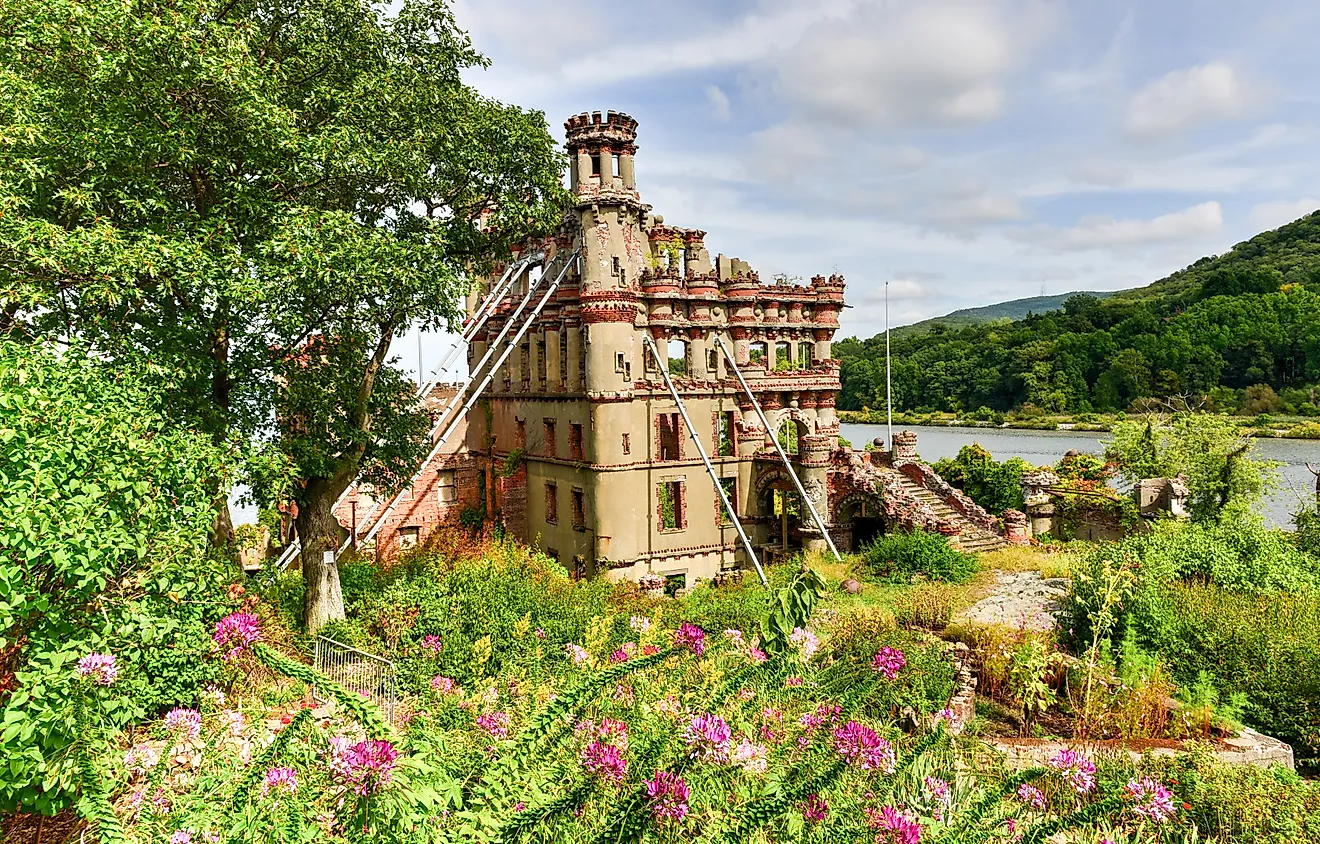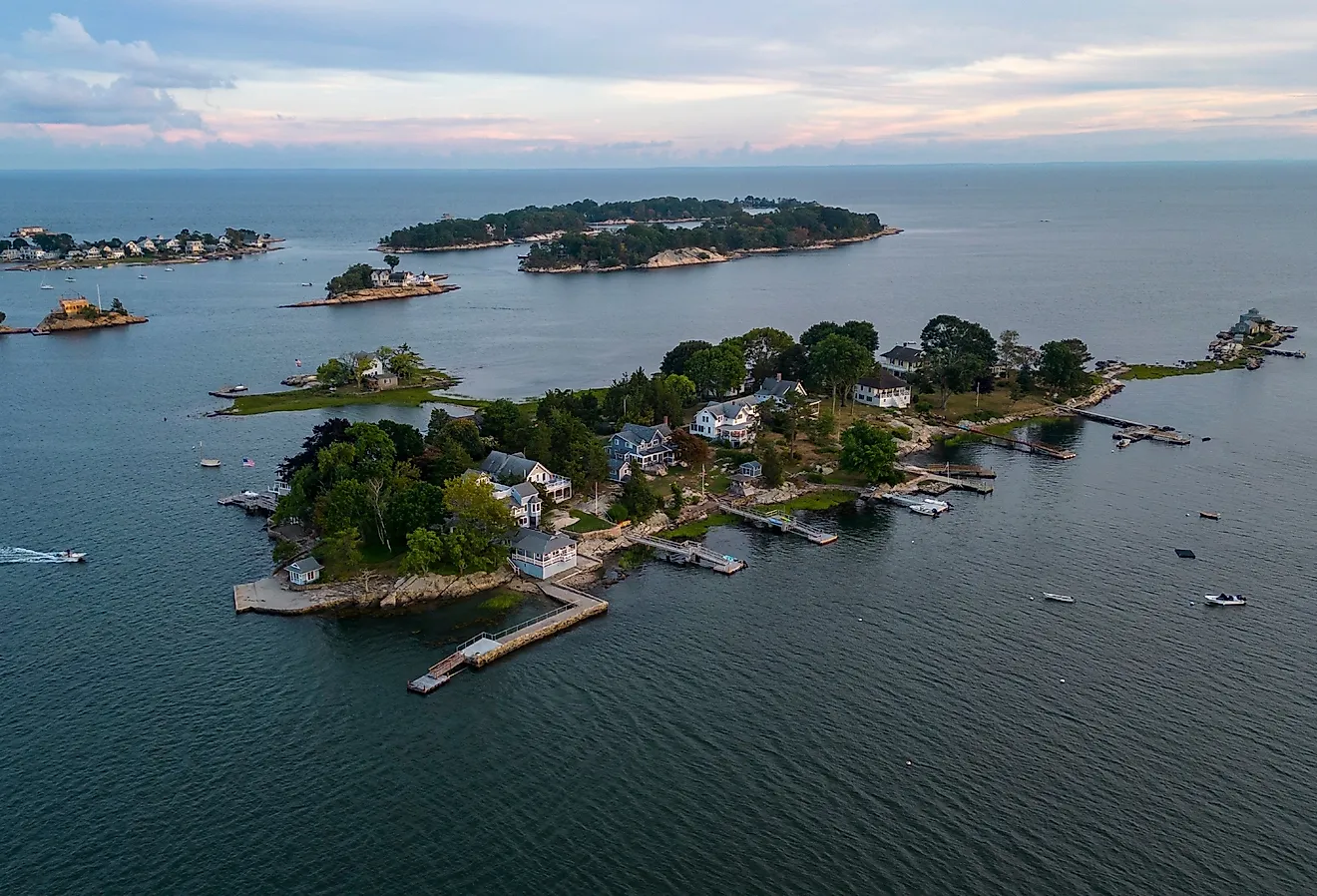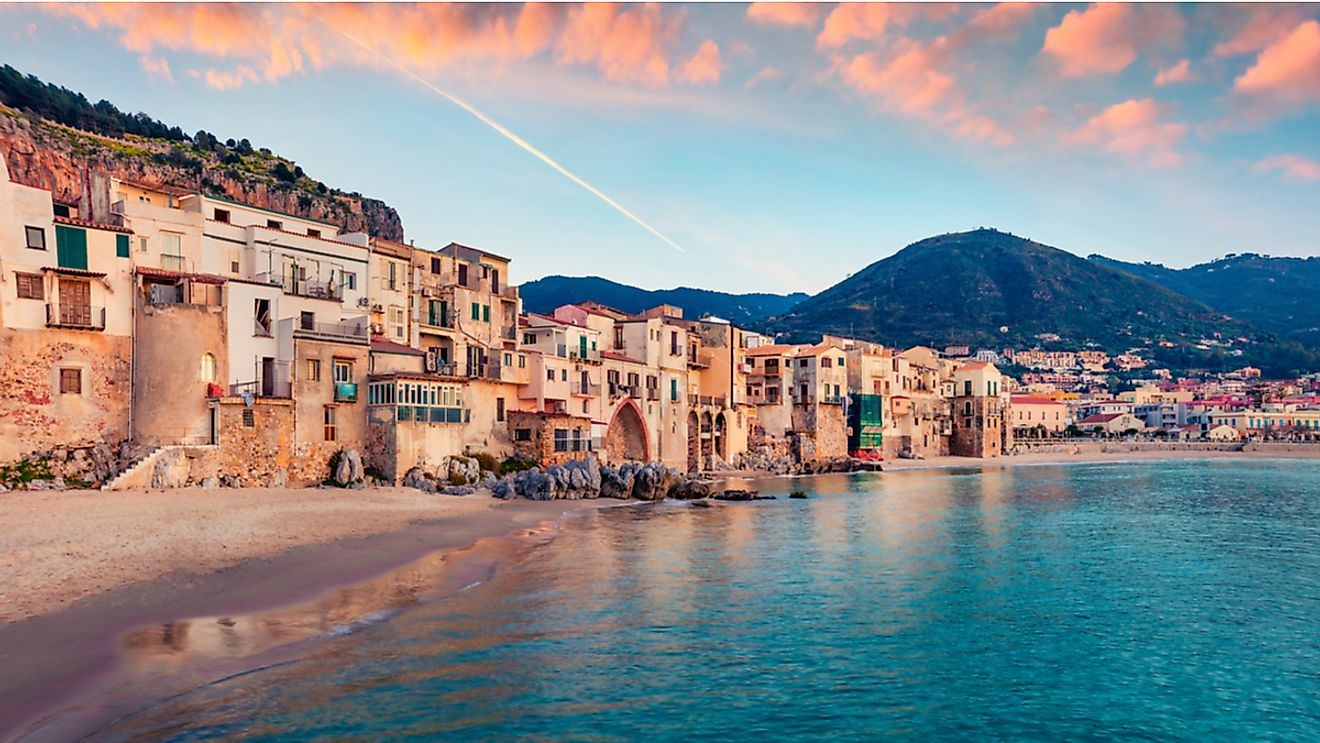
Sicily
Italy possesses up to 27 islands in the Mediterranean Sea, including two of the largest islands. These two Italian islands account for 48.5% of the total land area in the Mediterranean Sea. Sicily is the largest Italian island, spanning 25,711 km2. It and Sardinia are the two Italian autonomous regions off the mainland. The island is separated from the Italian Peninsula by the narrow Strait of Messina. Palermo, its capital, is one of the oldest Italian cities, dating back 2,700 years. The region has an estimated population of 5 million people.
Contents:
Where Is Sicily?
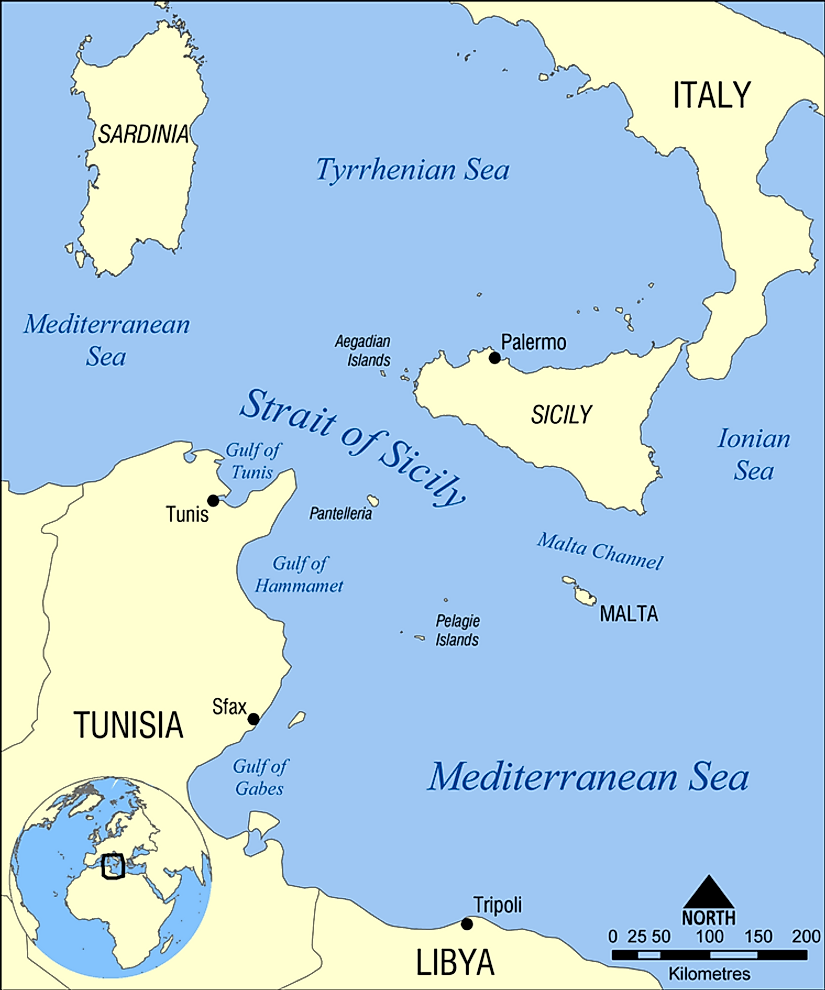
Sicily is located in the central Mediterranean Sea, between Tunisia in the southwest and the Italian Peninsula in the north. It is separated from mainland Italy by the Strait of Messina and from Tunisia by the Strait of Sicily. To the northwest of Sicily is Sardinia, the second-largest Mediterranean island, and to the south is Malta with the Malta Channel separating the two islands. Sicily lies west of the Ionian Sea, north of the Strait of Sicily, and south of the Tyrrhenian Sea.
Geography
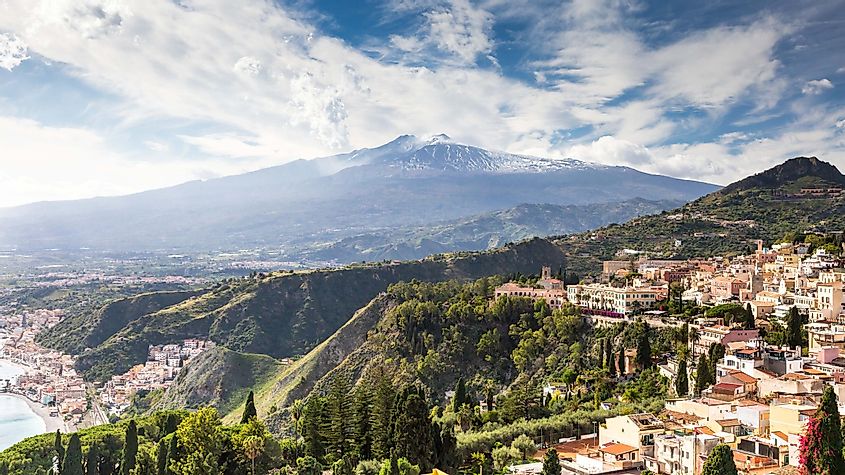
Sicily has an irregular triangular shape, with Palermo located near the western end. It is roughly 3.1 km away from the Calabria region across the Strait of Messina’s narrowest point and 16 km at the strait’s widest part. It lies approximately 160 km off Tunisia’s northeast coast. The island has a total coastline of 1,484 km. At 280 km each, the northern and southern coasts have the longest coastlines. The island of Sicily covers approximately 25,711 km2, while the autonomous region, including the nearby islands of Pelagie, Lipari, Egadi, and Pantelleria, has a total area of 27,708 km2.
Sicily’s terrain is mostly hilly or mountainous, with intense volcanic and seismic activities. Mount Etna, at 3,220 m, is Europe’s largest active volcano. It frequently produces black ash and erupts quite often. Etna’s height has dropped by about 21 meters since 1981, while its base covers an area of approximately 1,190 km2, making it Italy’s largest volcano. Its cone is the eastern coast’s most prominent feature. Peloritani (1,300 m), Nebrodi (1,800 m), and Madonie (2,000 m) dominate the northern coast and are an extension of the Apennine Mountains on Italy's mainland. The Hyblaean Mountains (1,000 m) lie to the southeast.
Sicily is drained by numerous rivers, of which 15 are at least 40 km long. Most of the rivers originate from the mountains and flow into the Mediterranean Sea. Salso is the longest river on the island and drains into the sea near Licata port. It is 144 km long. Simeto, which drains into the Ionian Sea, is the second-longest river, flowing for 113 km. Other major rivers include Belice, Dittaino, Platani, and Gornalunga.
Climate
The climate of Sicily can be described as Mediterranean and subtropical. Winters are generally wet and mild, while summers are dry. Along the coast, summers can be scorching due to the effects of the African current. The region experiences a maximum temperature of 48.5 °C (119 °F), with the highest temperatures recorded on Catenanuova. Annual precipitation ranges from 400 to 600 mm on the plains and 1,200 to 1,400 mm at higher elevations such as the mountains. Sicily also has plenty of underground water.
Brief History
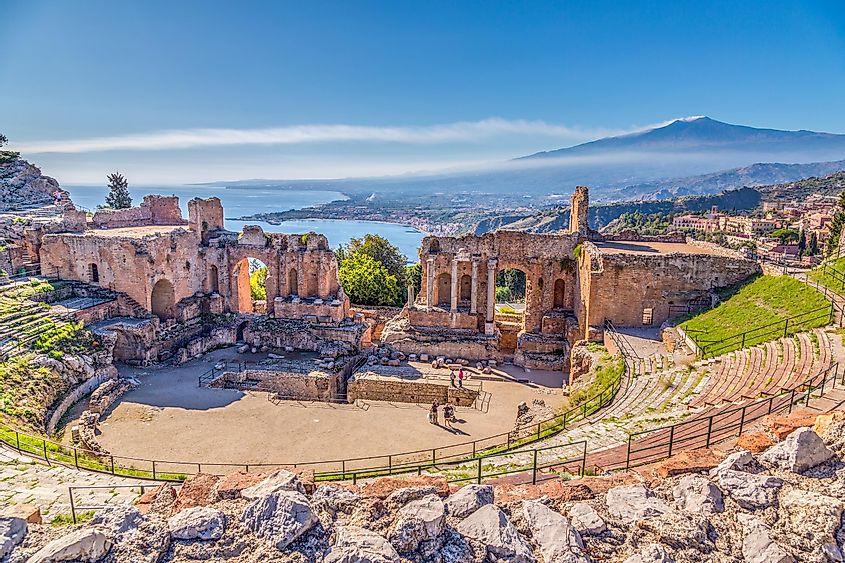
The island was given the name Sicilia by the Romans in 241 BCE. It was named after the Sikeloi tribe who inhabited Sicily at the time. The first inhabitants, who moved to the island about 10,000 years ago, were mainly the ancient people of Italy and the Sicani from the Iberian Peninsula. The island’s strategic location made it a crossroad for different cultures and defined its history.
The Greeks began settling on the island around 750 BCE and established various settlements, including settlements in Syracuse, Selinunte, Akragas, Zancle, and Himera. They also introduced crops, such as grapevines and olives, which became profitable. Eastern Sicily was under Greek Syracuse control, while Carthage controlled the western side. The two cultures clashed quite often, resulting in the Greek-Punic wars. In 262 BCE, Greeks entered into a peace agreement with the Romans, who desired to annex Sicily as one of its provinces. However, Carthage resisted the Romans, leading to the First Punic War.
By 242 BCE, Sicily had become a Roman Province and remained under Roman rule for about 700 years. As the Roman Empire weakened towards its end, the Vandals seized control of the island. In 477 CE, the Ostrogoths, an East Germanic tribe, took control of Sicily from the Vandals. In the years that followed, different groups controlled the island, including the Byzantines, Arabs, Normans, Staufer dynasty, and Aragonese. The Italians captured Sicily during their Expedition of the Thousand in 1860 and made it part of the Sardinian Kingdom in 1861.
Human Settlement
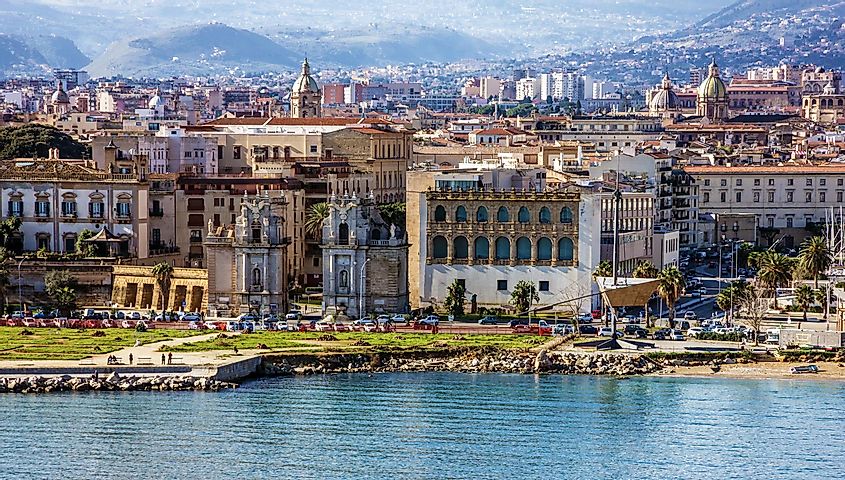
Sicily is Italy’s fourth most populated region, with approximately 5 million people. About 175,000 people on the island are immigrants, mostly Romanians, Moroccans, Tunisians, and Albanians. However, the island experienced coerced emigration as part to the planned de-industrialization of mainland Italy’s southern half in favor of the northern region. Since Italian unification, Sicilians and others from southern Italy emigrated in large numbers first to the United States, then to European countries such as France, Belgium, Switzerland, and Germany, as well as South America and Australia.
Palermo is the largest city on the island with close to 700,000 inhabitants. It is also one of the most crowded places in Italy, with 4,207 people per km2. With about 313,000 inhabitants, Catania is the second-largest city. Other significantly large cities are Messina, Syracuse, and Marsala, each with at least 80,000 inhabitants.
Sicily’s politics are governed by a presidential representative democracy. The Regional President heads the regional government, which exercises executive powers. The Sicilian Regional Assembly comprises 70 members, elected for a five-year term. The assembly stands dissolved if the president dies, resigns, or is impeached. The president presides over the Regional Cabinet, composed of 11 members.
Economy
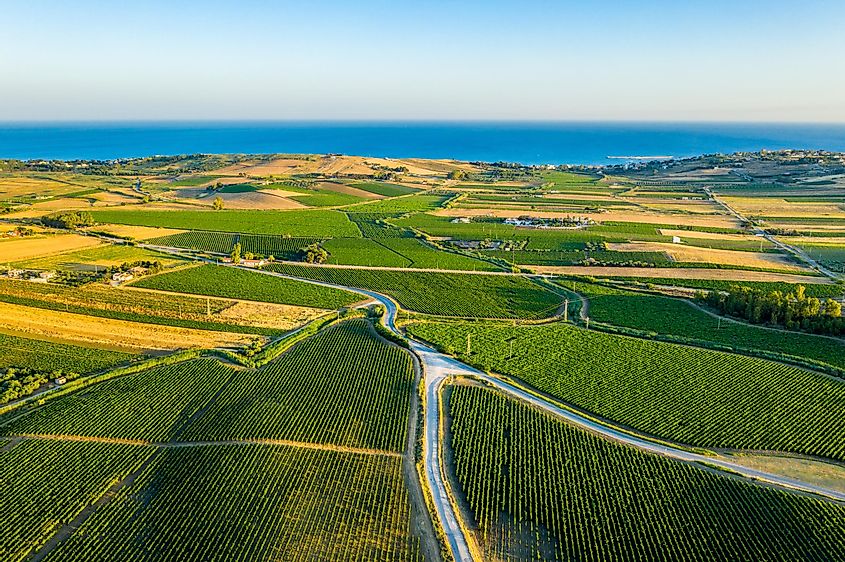
Sicily is the eighth largest economy of the 20 Italian regions by total GDP. Although the island remained largely undeveloped after the unification of Italy, a series of reforms in recent years, especially in agriculture, have improved its status. Sicily has large tracts of fertile soil because of frequent volcanic eruptions. The island’s main crops are lemon, oranges, tomatoes, grapes, almonds, citron, wheat, and prickly pears.
Improved infrastructure on the island has led to the growth of industries. The island region is divided into three industry districts. Catania is home to most food industries and electronic centers. Power stations, oil refineries, and chemical industries are mainly located in Syracuse. Enna industrial district also hosts food industries. The tourism sector also contributes significantly to the island’s economy, with the major attraction being the historical architecture, climate, sandy beaches cuisine, and natural sceneries, such as Mount Etna. Sicily has seven UNESCO World Heritage Sites.








